By 1850 the acolytes of empire had diced and sliced the Annals of China to create a great and glorious history for Comet Halley all the way back to 11 years before the Christian era.
The valuable details existing in the annals of China, and but recently known in Europe, enable us to trace this famous comet with a high degree of probability to the year 11 before the Christian era, - a most important circumstance, not only as regards the history of this particular comet, but as bearing on the constitution of these bodies in general.By 1986 the Annals of China [with a little help from the Annals of Babylonia] had provided Comet Halley with a magnificent pedigree stretching all the way back to 240 BC.
On the Past History of the Comet of Halley - J R Hind
Monthly Notices of the Royal Astronomical Society - Vol 10 - Issue 3 - 9 Jan 1850
https://academic.oup.com/mnras/article/10/3/51/2603551
Since 240 B.C., Chinese observers have documented a nearly unbroken record of scientifically useful observation of Comet Halley.Establishing this definitive history of Comet Halley was a momentous academic achievement.
After the probable 240 B.C. apparition, only the 164 B.C. return went unrecorded by the Chinese, and with the exception of occasional Korean and Japanese sightings, useful Comet Halley observations made outside China were virtually non-existent for over a millennium thereafter.
The History of Comet Halley - D K Yeomans, J Rahe and R S Freitag
Journal of the Royal Astronomical Society of Canada - Vol 80 - April 1986
http://adsabs.harvard.edu/full/1986JRASC..80...62Y
It was also a miraculous academic achievement.
Scanning ancient archives for unequivocal sightings of Comet Halley requires skill, dedication and clairvoyancy.
Firstly:
Observations in ancient archives aren't labelled: Comet Halley.
(89) 26th August, 1682.Secondly:
"On a chi-ssu day in the seventh month of the 21st year of the K'ang-hsi reign-period, a (hui) comet was seen in the longitude of the (Tung-) Ching (22nd lunar mansion). Its tail was over two feet long."
(CSL, K'ang-hsi Shih-lu, 103/20b; THL 7/20b)
A more detailed account of the comet was given in the CSK and CWHTK.
It is as follows:
"On a chi-ssu day in the seventh month of the 21st year (of the K'ang-hsi reign-period), a (hui) comet was seen to the north of Pei-Ho. It was white in colour and had a tail over 2 feet long pointing towards the SW. It moved towards the NE rather rapidly. On a jen-shen day (29th August), it entered the Wu hour-angle sequent (i. e. between the 24th lunar mansion Liu and the 26th lunar mansion Chang) with a tail of over 6 feet in length."
(CSK 14/ 194; CWHTK 12/7252)
This is Halley's comet.
Chinese Astronomical Records on Comets and 'Guest Stars'
Ho Peng-Yoke and Ang Tian-Se - University of Malaya
http://oriens-extremus.org/wp-content/uploads/2016/08/OE-17-5.pdf
Naked eye observations of Comet Halley may appear in ancient archives at anytime during a [roughly] six month long window of opportunity.
last perihelion: 9 February 1986Thirdly:
...
On 8 November 1985, Stephen Edberg (then serving as the Coordinator for Amateur Observations at NASA's Jet Propulsion Laboratory) and Charles Morris were the first to observe Halley's Comet with the naked eye in its 1986 apparition.
https://en.wikipedia.org/wiki/Halley%27s_Comet
This six month observational window of opportunity on the erratic Comet Halley may occur at anytime in a six year window of probability.
Halley's orbital period has varied between 74-79 years since 240 BCFourthly:
https://en.wikipedia.org/wiki/Halley%27s_Comet
The providential provenance of Comet Halley contains a perplexing pattern.
In fact, given it's six month long observational window of opportunity, it's difficult not to conclude the history of Comet Halley contains at least 695 duplicated years.
This duplication suggest the thread of history is broken at the Heinsohn Horizon when the orbital excursions of planet Earth and Comet Halley both began.
See: The Calendar of King John
On the one hand:
The duplicated years in the Annals of China could be purely coincidental.
Just like the duplicated cultures in the Annals of China are purely coincidental.
If China of Antiquity (the Han Dynasty is usually dated 202 BC to 220 AD) and China of the Early Middle Ages (the Tang Dynasty is conventionally dated 618-907) do not follow one after the other but are chronologically parallel, we, e.g., can avoid the stubborn problem of why identical-looking bronze horses from the two dynasties are dated over 700 years apart.On the other hand:
Papermaking's Mysterious 700 Years of Secrecy
Gunnar Heinsohn - Feb 2017
http://www.q-mag.org/_iserv/dlfiles/dl.php?ddl=q-mag-gunnar-paper-making-021017.pdf
The Annals of China may contain 1,152 years of duplicate data.
Han dynasty 206 BC - 220 ADAnd the history of Comet Halley may be too catastrophic to contemplate.
The coinage issued by the central government mint in 119 BC remained the standard coinage of China until the Tang dynasty (618-907 AD).
....
Architectural historian Robert L. Thorp points out the scarcity of Han-era archaeological remains, and claims that often unreliable Han-era literary and artistic sources are used by historians for clues about lost Han architecture.
https://en.wikipedia.org/wiki/Han_dynasty
Either way:Santa Maria Antiqua al Foro Romano© World Monuments FundSanta Maria Antiqua Church
The church was partially destroyed in 847, when an earthquake caused parts of the imperial palaces to collapse and cover the church.
For this reason, a new church called Santa Maria Nova (New St Mary, now Santa Francesca Romana) was erected nearby by Pope Leo IV, on a portion of the ruined temple of Temple of Venus and Roma, where once stood a chapel commemorating the fall of Simon Magus.
Santa Maria Antiqua suffered further damages during the Norman Sack of Rome (1084).
The church of Santa Maria Liberatrice (Sancta Maria libera nos a poenis inferni) was built in 1617 on its ruins, but then demolished in 1900 to bring the remains of the old church to light.
https://en.wikipedia.org/wiki/Santa_Maria_Antiqua
Take care and enjoy the holidays.

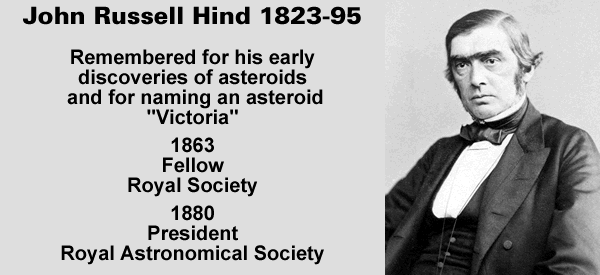
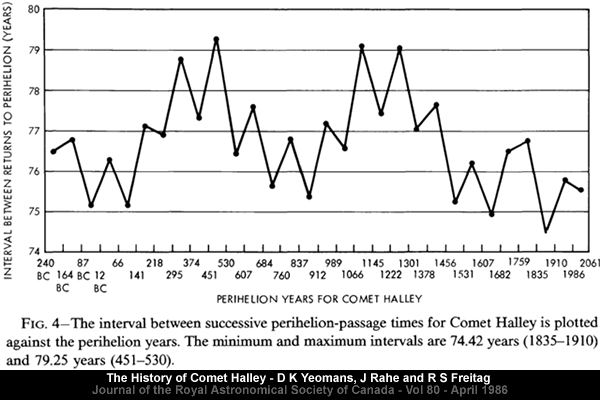
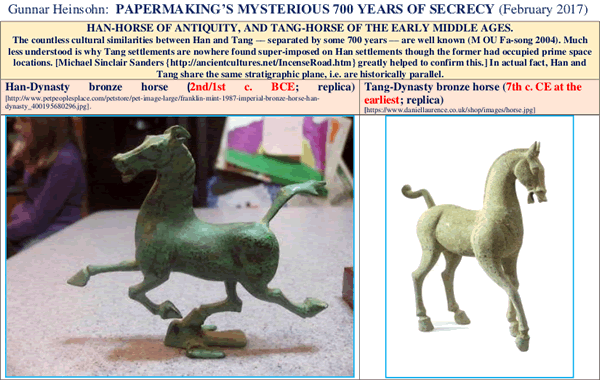
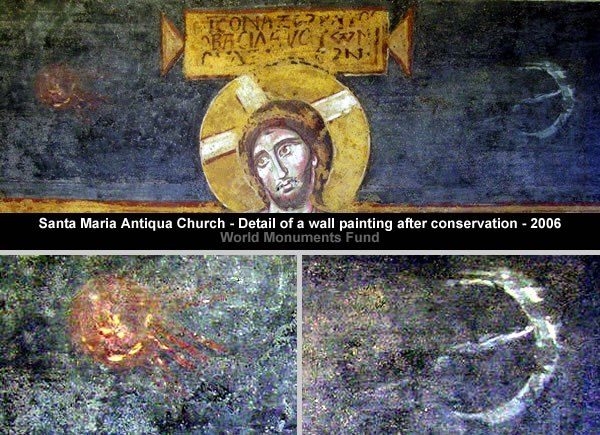
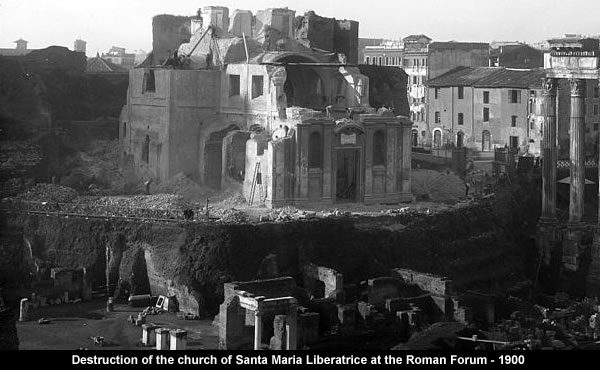



Reader Comments
to our Newsletter